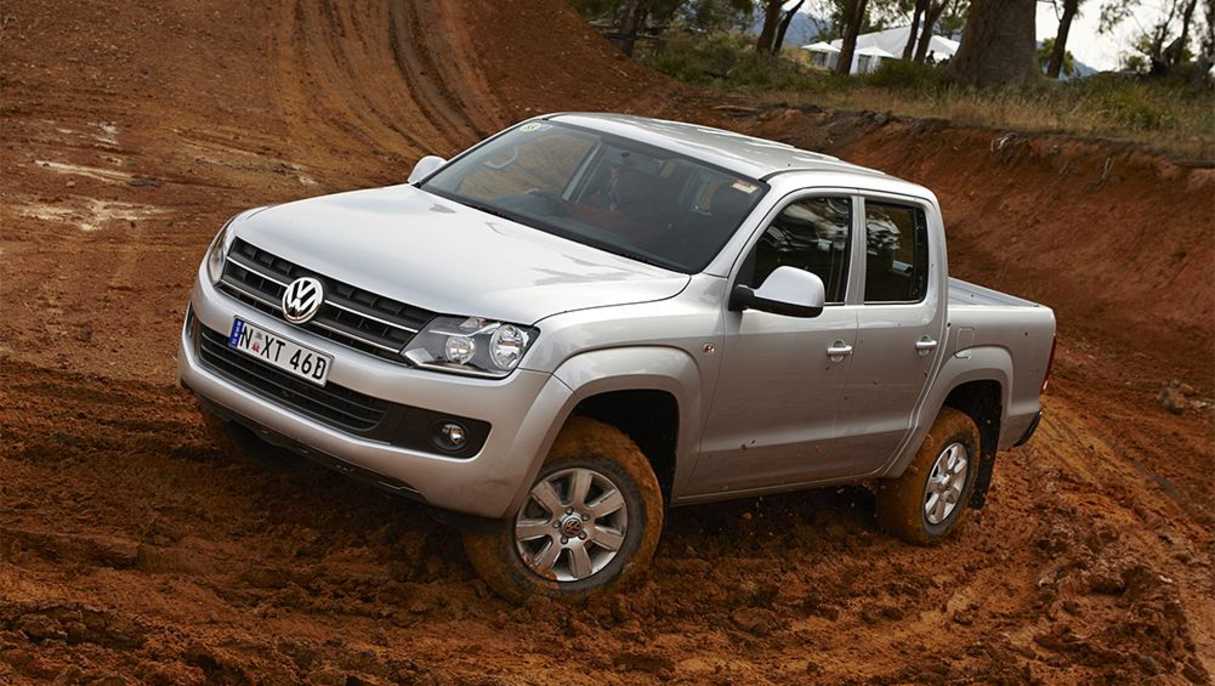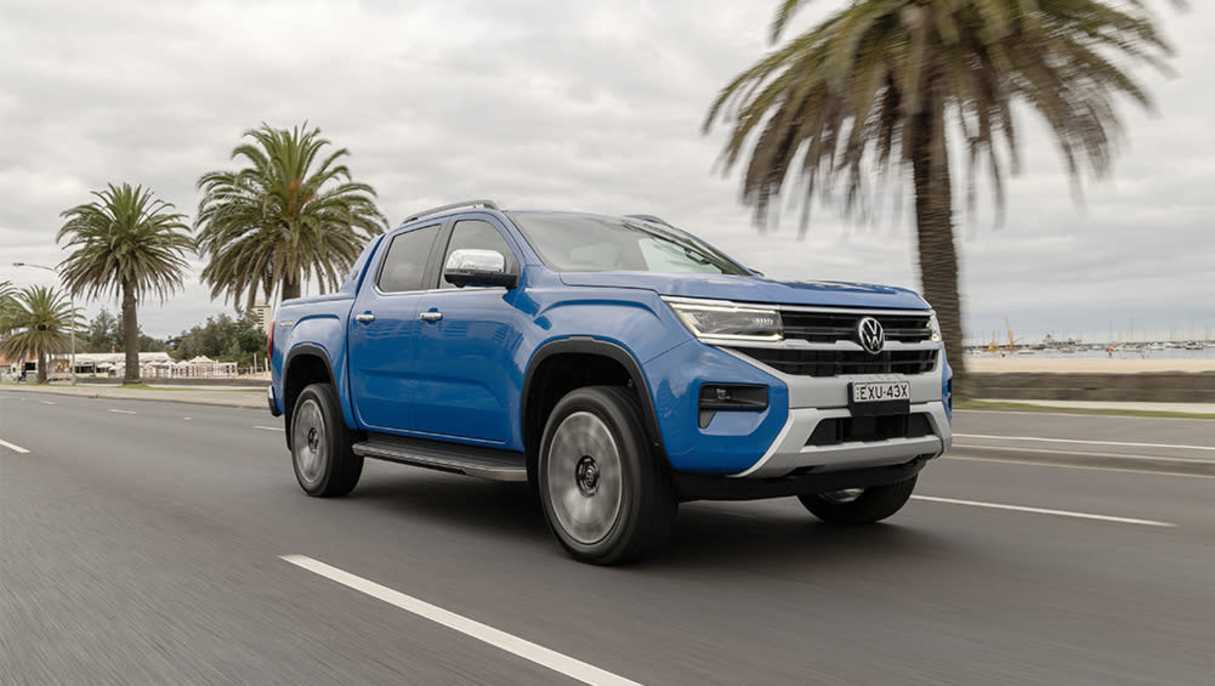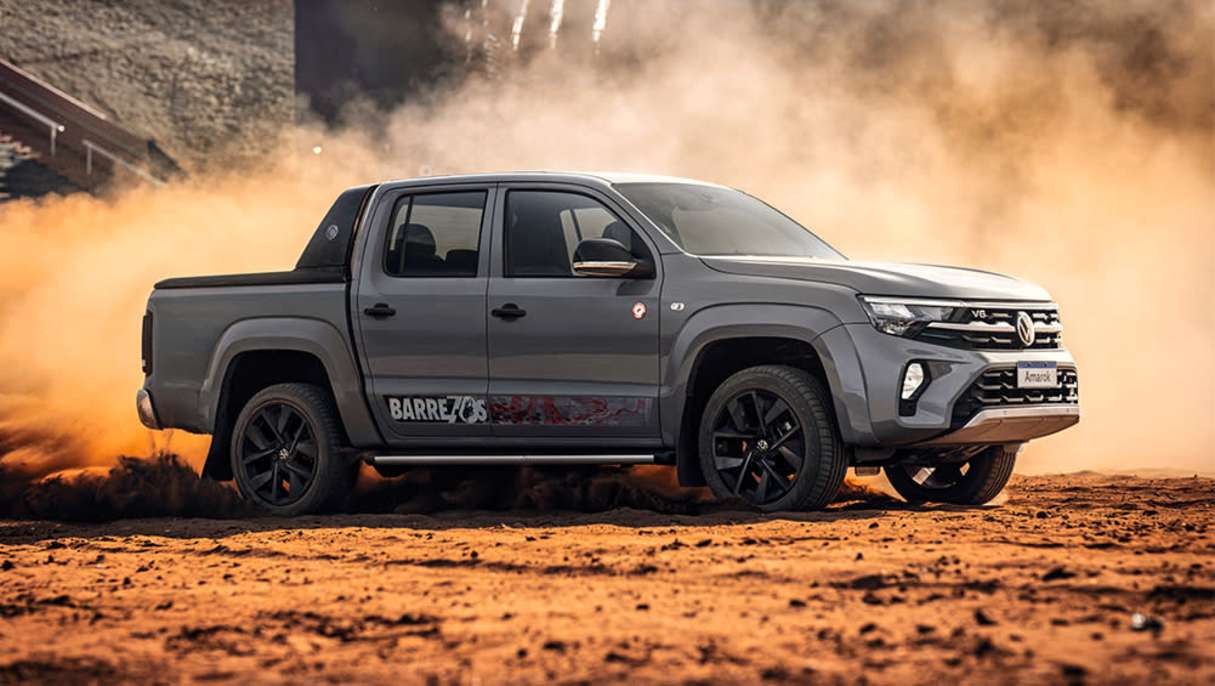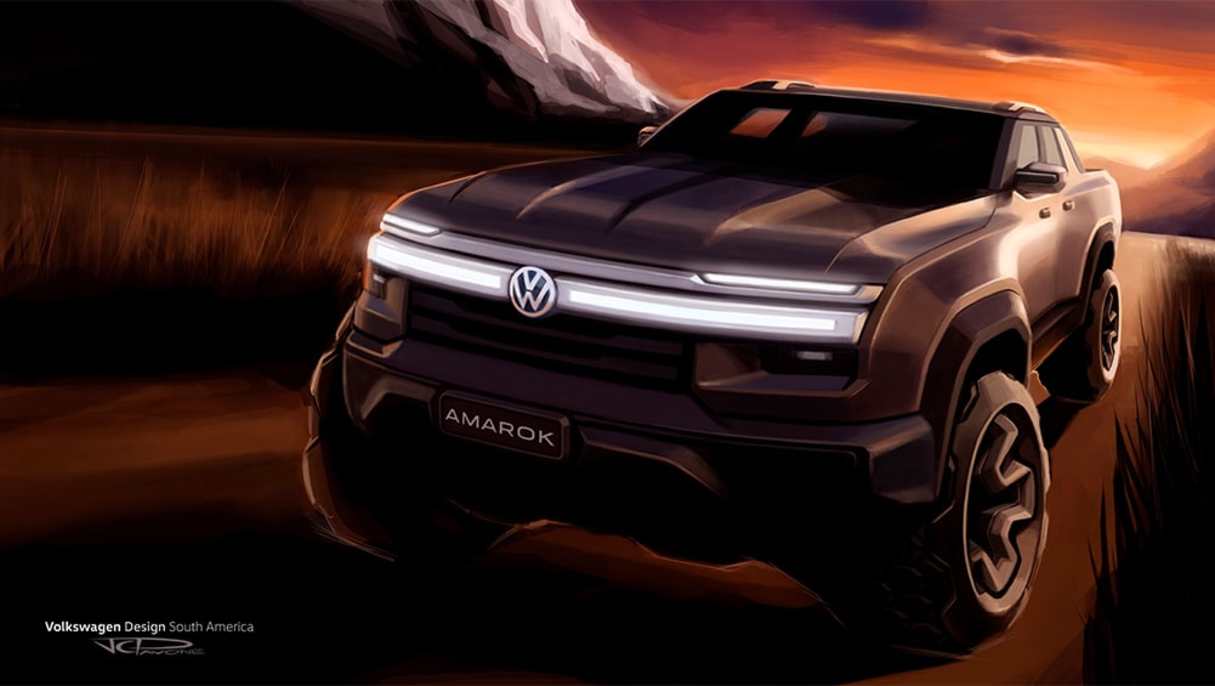Volkswagen will launch an all-new version of the Amarok that is completely unrelated to any previous ute wearing the famous badge.
Due in 2027, it is expected to finally replace the ageing, 2H-series Amarok original launched in 2010, still in production in Argentina for the South American market and facelifted in 2024.
But the really big news is that this will be a variation of the recently-released LDV (or Maxus) Terron 9 that’s also sold in Australia as the MG U9, courtesy of Chinese automotive conglomerate SAIC.
However, fret not, fans of the second-generation, NF-series Amarok that has been available here since 2023 and is now VW’s best-selling model in Australia by some margin.
This separate ute co-development with Ford, based on the T6.2 Ranger architecture designed and engineered in Melbourne, is on-going, since it is meant as a premium vehicle for Australia, Europe and South Africa – where it is made for global consumption.
But the new 2027 South American Amarok is no badge-engineering special.
Like today’s NF Amarok in Australia, newcomer will possess its own identity compared to its donor vehicle, as the VW-supplied render showing a markedly different front end to either the LDV/Maxus or MG very clearly illustrates.
Additionally, it will only be manufactured in Argentina exclusively for the Latin America region, and may even have more unique parts inside and underneath, though that has yet to be confirmed.

As a result, do not expect to see the 2027 South American VW Amarok in Australia, as right-hand-drive configuration is unlikely given its specific target markets.
Whether the Latin version adopts the LDV/Maxus/MG’s powertrains, including a variation of the Terron 9’s 163kW/520Nm 2.0-litre four-cylinder turbo-diesel engine, ZF-supplied eight-speed automatic transmission and independent rear suspension, is unknown.

We do understand that the price sensitivity in the VW’s intended markets means that there will likely be mechanical differences compared to the Chinese product.
“While the new Amarok will be developed in South America and produced for the local markets, the existing partnerships for the production of the Amarok in South Africa will remain in place,” VW said in a statement.

“In this way, VW will continue to ensure a reliable supply of vehicles to international markets – while simultaneously pursuing a locally based product strategy tailored to the needs of the Latin American market.”
As the Latin ute will be built in Argentina, the existing Amarok manufacturing facility in Pacheco will undergo a refurbishment as part of the near-billion-dollar project, underlining the German brand’s commitment to both the vehicle and the region.

What else do we know about the 2027 South American Amarok? Not much. Here’s what else VW had to say back when the initiative was announced back in April:
“Backed by 15 years of experience and more than 770,000 Amarok’s (sic) proudly produced at our Pacheco plant… with cutting-edge software and advanced technology, resulting in a disruptive and competitive product for the modern market.”








.jpg)

.jpg)

.jpg)
.jpg)
.jpg)


_0.jpg)

.jpg)








.jpg)